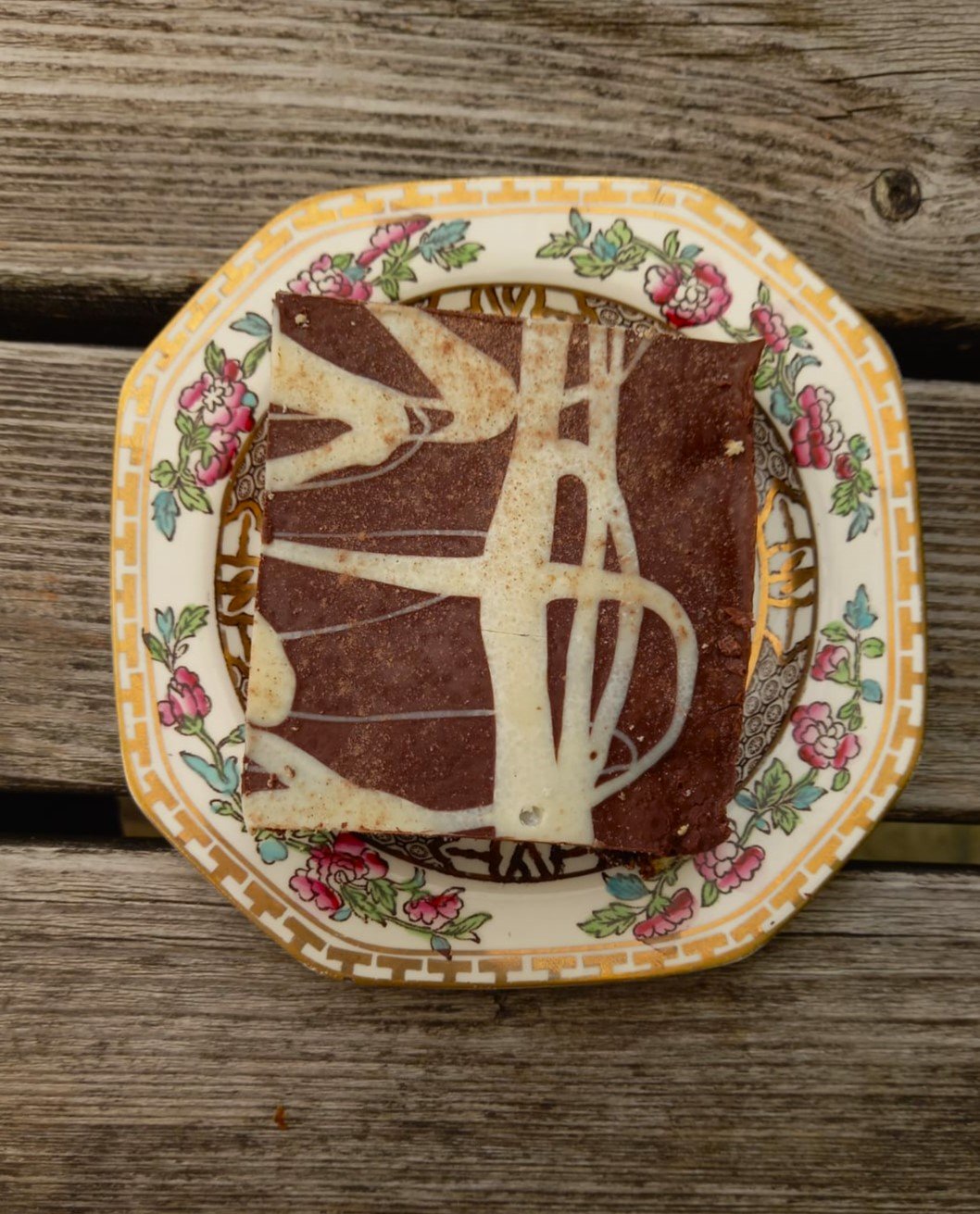Let Them Bake Cake
Why I encourage people with type 2 diabetes to roll up their sleeves, preheat their oven and get baking.
Not to alarm anyone but Bake Off 2023 IS ON ITS WAY!!! Clear your Tuesday evenings and get set to wake up your inner Paul Hollywood. And be ready to be inspired to bake! Any dietitian reading this will understand the struggle of having to explain repeatedly that, yes, dietitians do eat cake! And most of us dietitians LOVE baking. We love discussing recipes and swapping ideas and getting excited about what’s in season. Yet still we have to constantly explain ourselves when the inevitable ‘But you’re a dietitian’ questions come up. However, this isn’t about me, it’s about why I encourage people with type 2 diabetes to bake.
The first thing to say is that people with type 2 diabetes DO NOT need to cut out all sweet foods to manage blood sugars. By making mindful decisions, such as by having Greek yoghurt with your cake instead of cream, by going for a 10-minute walk after pudding or by making clever tweaks to the recipe, you can enjoy cakes and bakes as part of a healthy balanced diet and lifestyle, without detrimental effects on your blood sugars.
Not only can you enjoy sweet things, you can and should, bake them at home. This is why.
1. Baking will get people into the kitchen and build culinary confidence – baking is like a ‘gateway drug’ to really getting into cooking and having the confidence to push your culinary boundaries. There’s a reason children tend to start with baking butterfly cupcakes rather than a complicated seafood risotto! Compared to making dinner for the whole family or a group of friends, baking is a much lower pressure way to get into the kitchen and start playing around. Fish is often something people are scared of cooking at home but baking salmon fillets will seem a lot less stressful if you’ve mastered meringues!
2. Baking your own cakes, biscuits, tarts etc. for the first time will often be an eye-opening experience as to how much sugar, butter and salt goes into these. If you have never made a cheesecake, buttercream icing or caramel squares, you probably won’t realise just how much butter and sugar is used. But this isn’t about scaring people away – it’s the opposite. Knowledge is power. By knowing what goes into these treats you can make informed decisions about how much and when you eat them. You can make decisions that quite literally let you have your cake and eat it too.
3. To continue from point two, baking your own gives you the freedom to decide what goes in! In most recipes, you simply don’t need as much sugar as they say. Trust me, from my own experience and from talking to other bakers/dietitians, you can take at least 1/3 of the sugar out of most baking recipes and not notice it.
4. Again, by understanding the recipes you can make healthier versions or clever ingredient swaps. I’m not talking about making some sad no fun courgette muffins. Take for example my tahini and chocolate chip cookies where I swapped out a significant amount of butter for tahini and reduced the amount of sugar. Swapping in tahini lowers the saturated fat content (bad fats) and increases the unsaturated fats (healthy fats) as well as increasing magnesium, calcium, iron and B vitamins! Pretty impressive considering they still taste amazing.
5. Baking is pretty physical – especially when you compare it to how little movement is required to grab a packet of biscuits from the cupboard! From carrying the flour, sugar, butter, fruit etc home with your shopping, to whisking, beating , kneading and rolling out dough. Then pottering about your kitchen getting the ingredients, bowls and trays. And of course, the clean up! This may seem minimal, but it all adds up. In addition, it’s a great way to break up sedentary behaviour - AKA time spent sitting still - which has been shown to be key in managing blood sugars.
I fully understand that this amount of movement may seem so small that it would be meaningless. But what if every time you wanted something sweet you went to the shop and carried home a bag of heavy ingredients, walked around your kitchen for 40 minutes baking and another 10 minutes cleaning up? All of that instead of just opening a packet of biscuits. It will make a difference over time.
It is also the principle of building habits that organically decrease your sedentary behaviour. If you can build these habits into your life, you are setting yourself up for success with managing type 2 diabetes.
6. Baking is an event – I come from a family of bakers, and we still get so excited after dinner when a beautiful Bakewell tart or apple crumble materialises. A homemade cake deserves respect, and this leads to much more mindful eating. By taking time to savour how it looks and smells, the taste and texture, you are mindfully eating. This will mean you are much more likely to listen to when your body has had enough and avoid overeating on autopilot. Think about it, You are a lot more likely to overeat a share bag of peanut M&Ms if you’re simultaneously scrolling on your phone than you are mindfully eating with a friend.
I’m sure there are other great reasons to add to the list, but I’ll leave it there for now. And go bake a boiled orange and almond cake for the blog.
L





